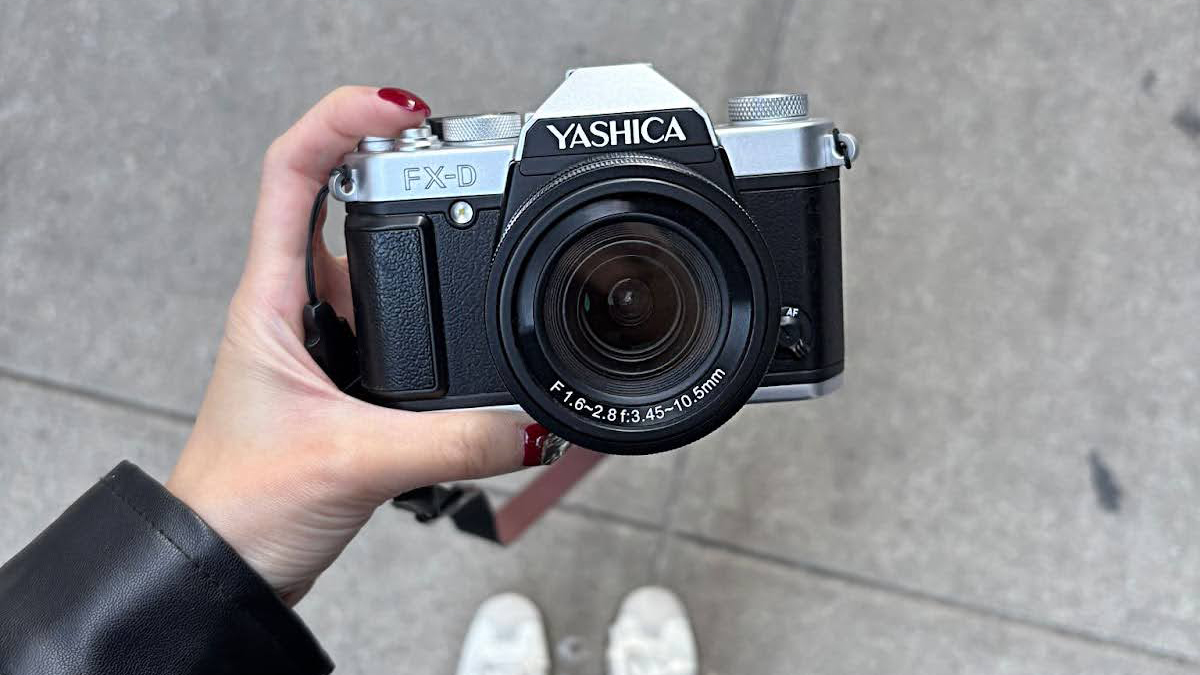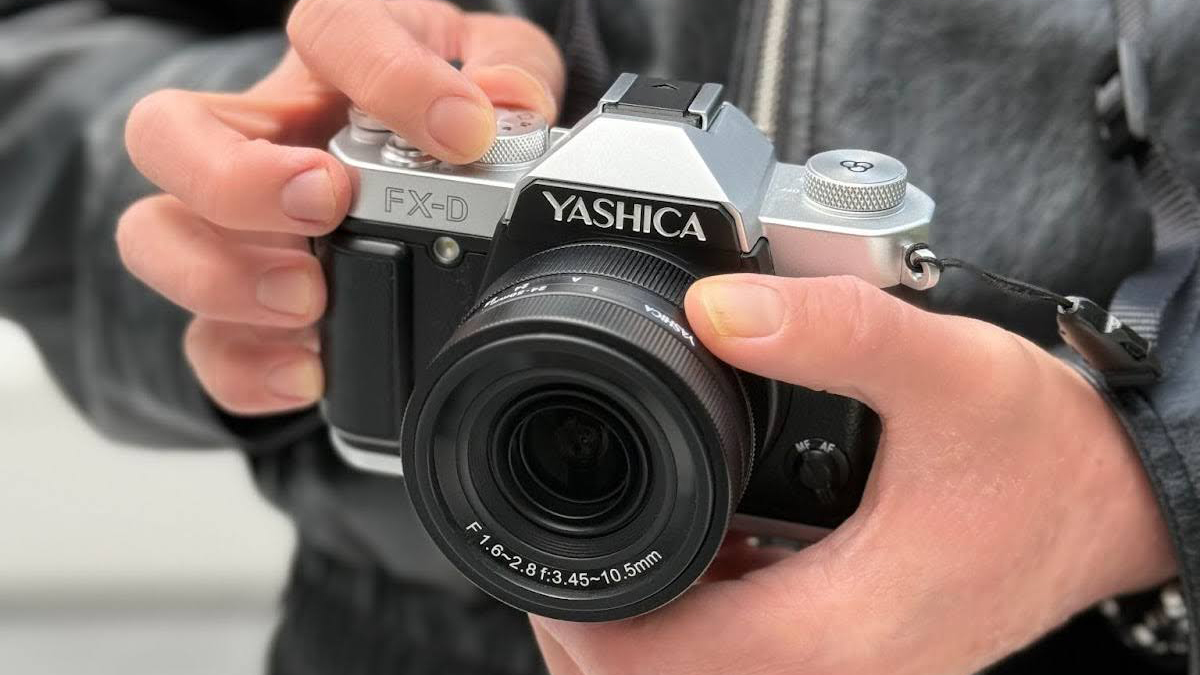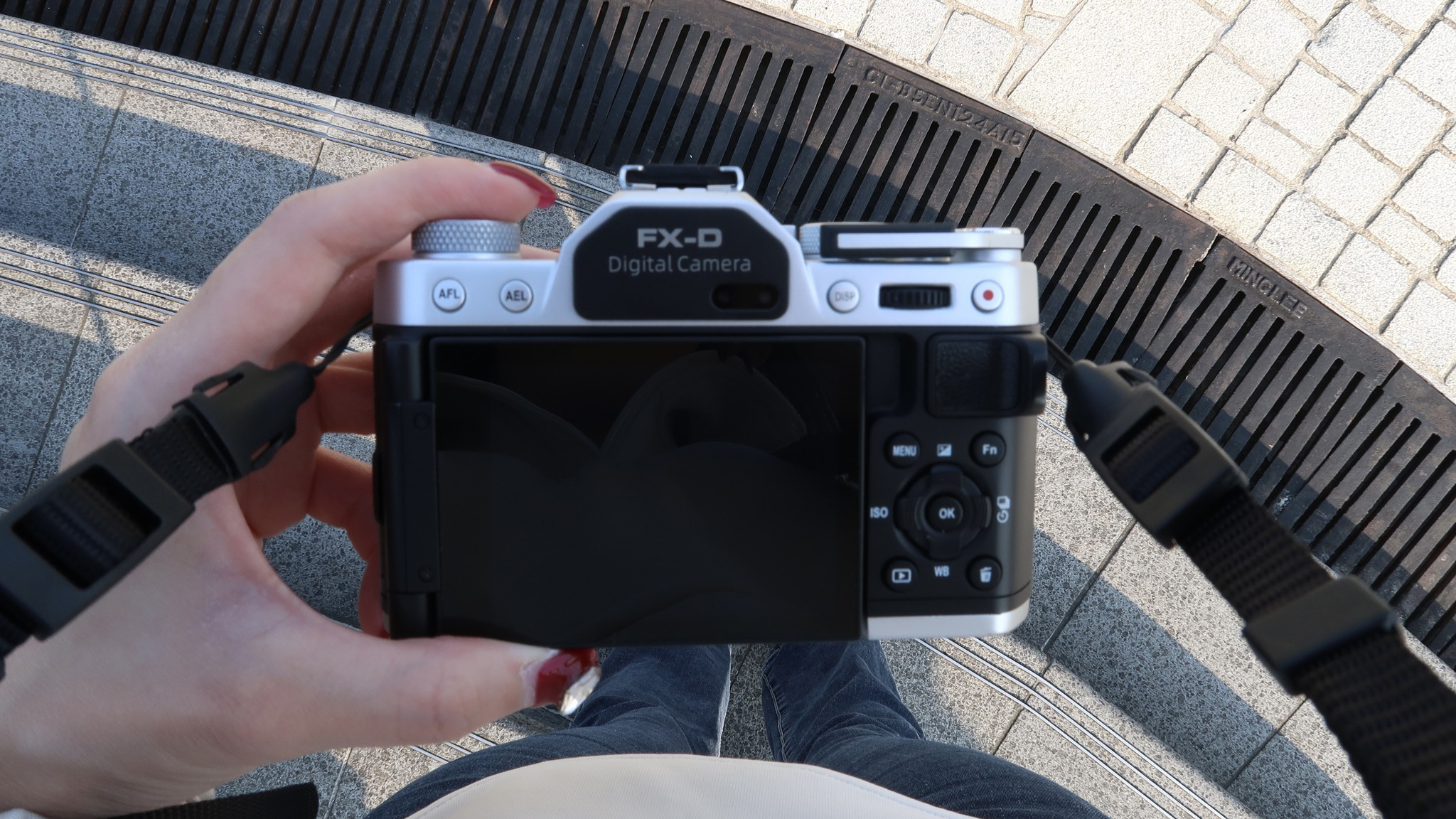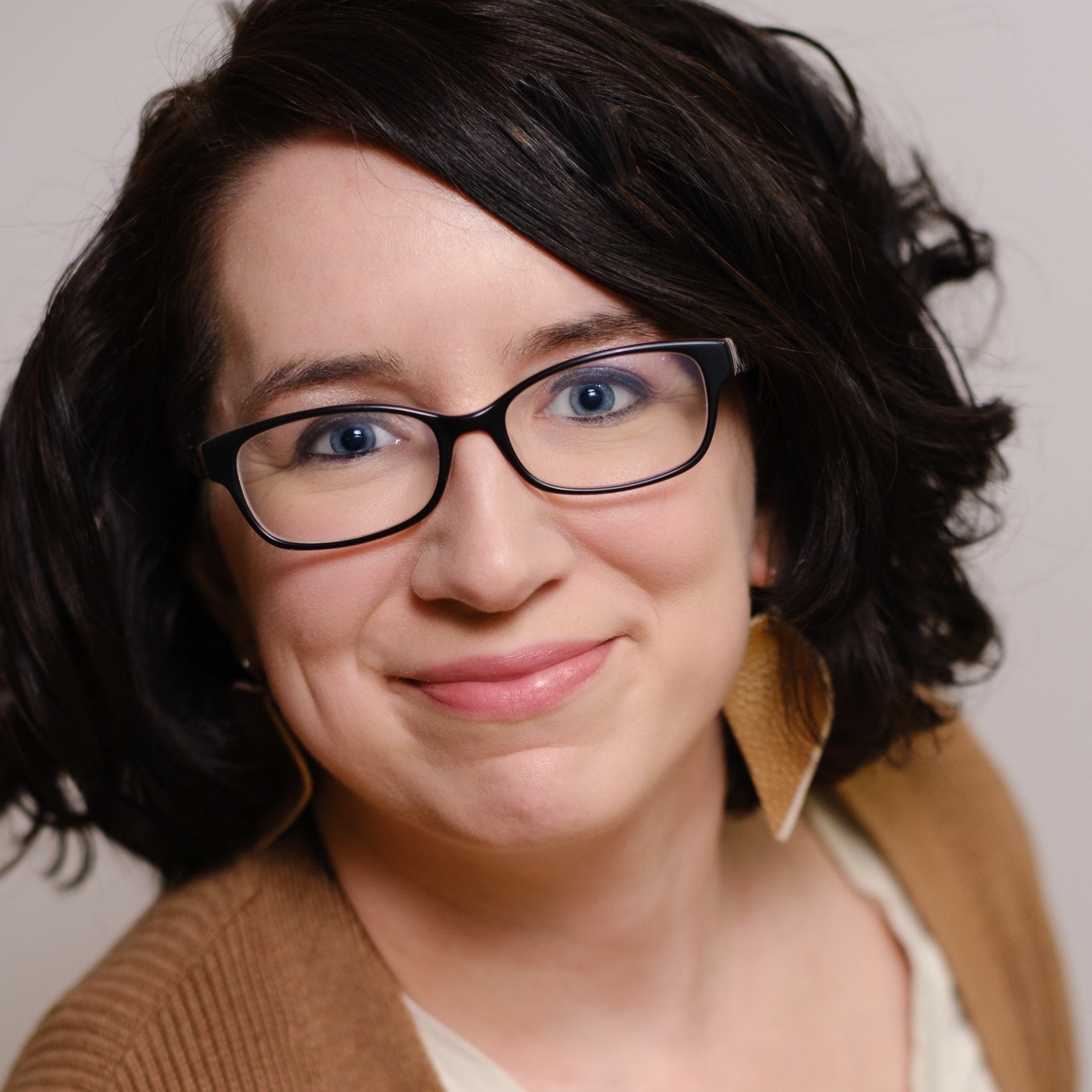The Yashica FX-D 100 looks like a film camera, but it’s hiding digital guts – and an unexpected price
The Yashica FX-D 100 and 300 look like film SLRs, but they actually have fixed lenses and small digital sensors

Yashica has turned the brand name’s film roots into a digital lookalike. The Yashica FX-D100 and FX-D 300 are digital cameras with an analog-like look, built-in film simulations, and flip screens.
The previously teased Yashica FX-D 100 and 300 share a number of similarities, including the same dimensions and controls. But where the Yashica FX-D 100 is the more affordable option, the Yashica FX-D 300 is the higher resolution sibling.
Both cameras are designed to look like the Yashica FX-3, an interchangeable lens film camera launched in 1979. (The original Yashica sold the rights to use its brand name to a Hong Kong-based company in 2008, so the new digital cameras are not designed by the same company behind the original film cameras.)
The new digital cameras mirror the classic camera’s shape and dial placement. The cameras, both measuring 12 x 8.1 x 8.1 cm / 4.72 x 3.2 x 3.2 inches, also carry a similar size to the FX-3’s 13.8 x 8.5 x 5.4 cm / 5.4 x 3.3 x 2.1 dimensions.

But while the original inspiration is an interchangeable lens camera, both the FX-D models are fixed lens compact cameras that simply look like SLRs. The FX-D 100 has a built-in f/1.6-2.8 lens that can shoot at 25mm, 35mm, 50mm or 75mm equivalent with the 3x optical zoom. The FX-D 300 lens is an f/1.8 aperture that’s equivalent to a 24mm focal length prime lens on a full-frame camera.
The more affordable FX-D 100 has 3x optical zoom, where the pricier camera only offers digital zoom. Offering a better type of zoom on the cheaper camera is unusual, but the 50MP sensor on the FX-D300 should be more crop-friendly than the 13MP on the FX-D 100.
Another oddity is that, while from the front the camera looks like it has a viewfinder, both digital cameras rely instead on a screen, which can flip forward for selfies. Yashica says the cameras are built with “durable plastic and metal.”
The best camera deals, reviews, product advice, and unmissable photography news, direct to your inbox!

Despite measuring in at a size similar to the classic film SLR, both digital cameras house smaller sensors that are more typical of smartphone cameras than mirrorless cameras. The Yashica FX-D 100 uses a 13MP Sony IMX 458 sensor, which is a small 1/3.06-inch stacked sensor typically used in smartphones. Yashica doesn’t name the sensor model for the FX-D 300, but lists a 50 MP 1/1.56 specification that’s similar to the specs of the iPhone 15 Pro.
Despite the larger body and smaller sensor, both cameras use the smaller microSD format instead of the larger SD cards. Only the pricier FX-D 300 fits in optical image stabilization. The FX-D 100 fits in a rechargeable battery with a two-hour battery life, while the FX-D 300 has a 1.5 hour battery life.
Both cameras have two different modes. The digital mode is designed to create modern-looking images. The film simulation mode offers six different film-inspired color profiles, including adjustable grain simulation, while the Yashica app will also allow users to create their own custom color profile.
Neither camera shoots RAW, only JPEG so there’s no option to save a RAW to edit later and a JPEG with the film profile already applied. The specifications also don’t mention a burst mode, and in the film mode, users need to use the “film” advance lever to proceed to the next shot.
Video is limited to MP4 only, topping out at 4K 30p on both models.
Creating a camera that’s the size of a compact mirrorless but leaving off the ability to switch lenses and using smaller smartphone-sized sensors is an unusual move, but the Yashica cameras appear to be gaining some traction on Kickstarter. Just a few hours after the Kickstarter launch, the cameras have well exceeded the original $5,000 / £3,685 / AU$7,718 goal with over $40,000 / £30,000 / AU$60,000 in pledges.
The price with that film-inspired shooting experience could be a factor. Yasica expects the FX-D 300 to retail for $549 in the US, which is about £405 / AU$852, but the earliest Kickstarter backers could potentially get the camera for $339 / £250 / AU$524. The FX-D 100 is even more affordable, with a $359 expected retail price, which converts to about £256 / AU$557, and the first backers can find the camera for $239 / £177 / AU$370.
Those prices do not include shipping, while duties and import fees also aren’t included, signaling that the changing US tariffs could come into play when the cameras are ready to ship. Yashica indicates that the first backers could start receiving the cameras this August.
While the project reaching full funding negates some of the risk, all crowdfunding projects come with more risk than buying retail. Yashica says they are working closely with supply chain, manufacturing, and shipping partners to help minimize the risk of delays. Potential backers may want to read comments from Yashica’s earlier backers, including the screenless digiFilm camera.
You may also like
For more retro camera inspiration, browse the best retro cameras guide. Or, take a look at the Fujifilm X-Half, a pricier retro camera but one with a larger sensor and a viewfinder.

With more than a decade of experience writing about cameras and technology, Hillary K. Grigonis leads the US coverage for Digital Camera World. Her work has appeared in Business Insider, Digital Trends, Pocket-lint, Rangefinder, The Phoblographer, and more. Her wedding and portrait photography favors a journalistic style. She’s a former Nikon shooter and a current Fujifilm user, but has tested a wide range of cameras and lenses across multiple brands. Hillary is also a licensed drone pilot.
You must confirm your public display name before commenting
Please logout and then login again, you will then be prompted to enter your display name.
